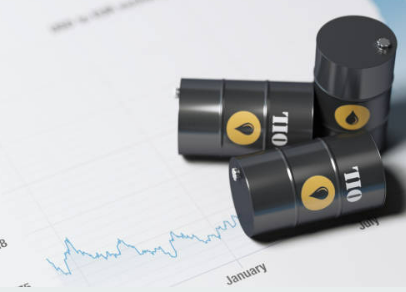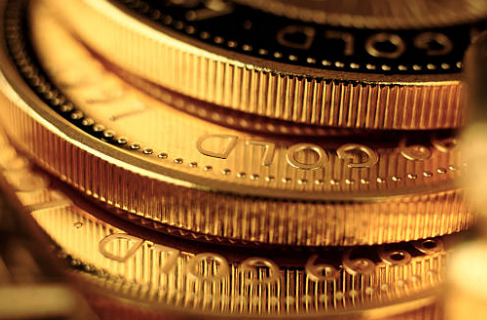
Skylar Williams
Dec 15, 2022 11:21

Gold prices declined on Thursday as the Federal Reserve adopted a more hawkish tone than the markets had anticipated, leaving the prognosis for the yellow metal uncertain in light of the possibility of higher U.S. interest rates.
In spite of this, bullion prices surged this week, surpassing the critical $1,800 barrier level as statistics revealed that U.S. inflation dropped further in November.
Spot gold decreased 0.4% to $1,800.79 per ounce, while gold futures decreased 0.4% to $1,811.35 per ounce as of 20:46 ET (01:46 GMT). Both assets were trading 0.6% higher for the week.
Prices of the yellow metal declined slightly on Wednesday as Fed Chair Jerome Powell warned that U.S. interest rates would likely peak at higher-than-anticipated levels, despite the central bank hiking rates by a modest 50 basis points (bps) and outlining a slower pace of hikes.
This year, the greatest challenge for gold markets was rising interest rates, since they increased the opportunity cost of keeping non-yielding assets. The Fed has increased its benchmark rate by 425 basis points this year, bringing it to its highest level since the financial crisis of 2008.
While this did reduce inflation, bringing it farther away from a 40-year high, it remained significantly above the 2% annual target of the central bank. Powell identified this as the primary reason for interest rates that were higher than anticipated.
In order to reduce inflation, the Fed reaffirmed its willingness to slow economic growth and the job market in the United States.
"While the market may consider inflation to be in its latter stages, the Fed is not of that opinion. ING analysts noted in a note that for the Fed to loosen monetary policy, it will require solid evidence that inflation is dropping, not simply one or two months in which core inflation came in below market expectations.
Other precious metals were also restrained, while risk-driven assets such as stocks and currencies declined.
Among industrial commodities, copper prices declined on Thursday due to lingering uncertainty around the reopening of China's economy. In spite of the fact that several anti-COVID measures were loosened this month, there has been a significant increase in infections, to the point where the government has declared it difficult to trace the virus' progress.
Copper futures lost 0.3% to $3.8522 a pound. Uncertainty regarding China, the world's largest copper importer, is anticipated to increase near-term market volatility.
Copper was also impacted by the possibility of a slowdown in global economic growth, particularly after the Federal Reserve signaled a possible slowdown in the U.S. economy.

Dec 15, 2022 11:18
